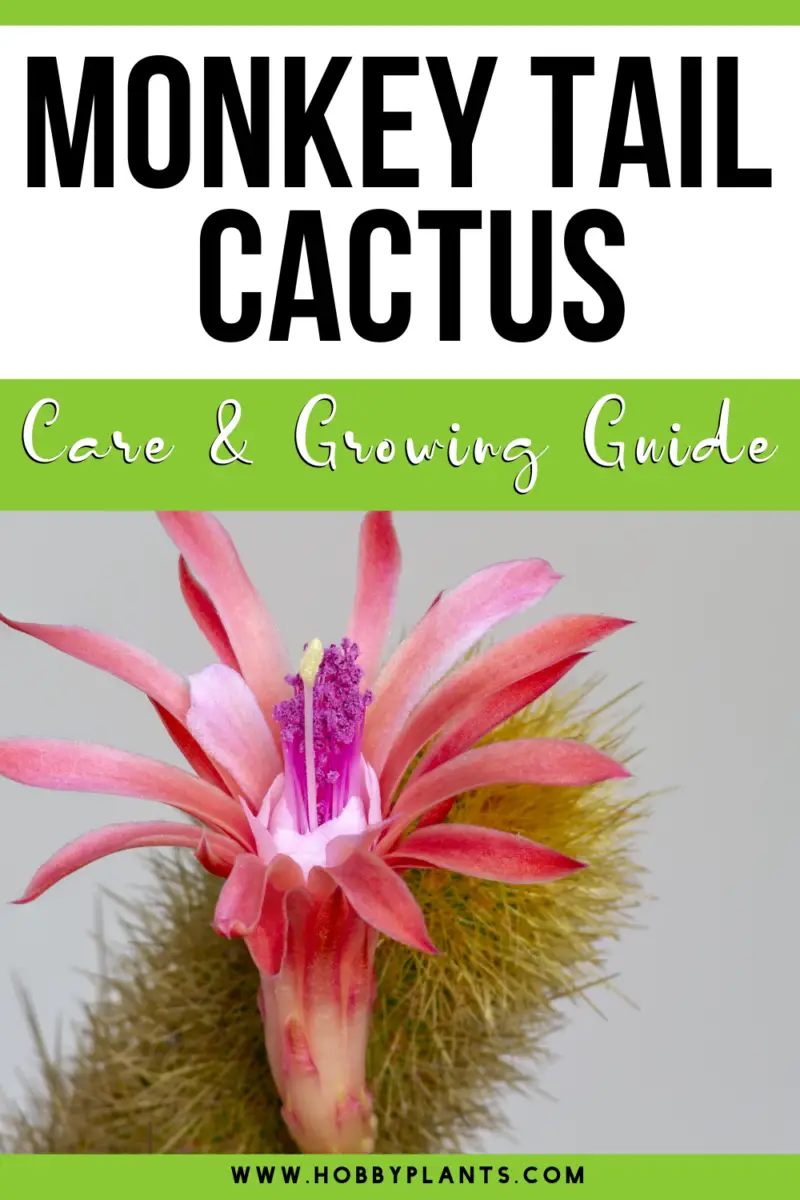

Repotting of the Monkey Tail Cactus should be done every year until it matures and then every 3 years. The plant doesn’t need nor does it benefit from frequent fertilizing. To avoid shocking the plant, use a time release fertilizer or a highly diluted one. FertilizingĪlthough the plant will do fine even without fertilizing, I’d still recommend adding a bit of fertilizer at the beginning of each season.

Temperature & HumidityĪ sun-loving, warm climate cactus, the plant will survive in zone 9, in temperatures as low as 20 F, but it will do best in temperatures above 60 F.īeing accustomed to adverse conditions including draughts, the plant doesn’t require supplementation in the way of humidity. A layer of mulch or bark over the surface of the soil can act as an insulator, to protect the roots from extreme temperature conditions. This cactus enjoys acidic to neutral soil, so a pH of 5.5 to 6.5 is ideal. The plant does not develop a robust root system, the roots don’t go too deeply into the soil, they merely anchor themselves as needed to support the weight of the stems. It goes without saying that the Monkey tail cactus does best in a well-draining potting mix. In spring, you can start to gradually increase watering to help kickstart the plant’s metabolism for the new growing season. But when you do water, water deeply, allow water to trickle out of the pot, and allow it to dry out completely. It’s unlikely that you will need to water more often than every 6-8 weeks. In fall and winter, significantly reduce the frequency of watering. Shallow watering from above will not encourage deep root growth, so water deeply. You can also water from below, which will determine better root growth. In spring-summer, water deeply, then allow the soil to completely dry out. Most succulents don’t need as much water as we think they do, so we often overwater them.īearing this in mind, you also need to adapt the watering regimen to fit the seasonal changes. This is often what happens in succulent care. When it comes to cacti and succulents, I have a saying that goes like this: “Paying too much attention to your succulents will kill them.” It goes without saying that this is a warm climate loving plant and even though it can tolerate temperatures down to 20 F, it’s still best to move it indoors for the winter. Whenever possible, however, move the plant outdoors for the spring-summer growth season, so it can get as many hours of direct sunlight as possible.ġ0-14 hours of direct sunlight is optimal, so strive to find a sunny spot, where the plant will receive plenty of sunshine.īecause the growth cycle of the plant is determined by light levels, with days shortening as fall is approaching, the plant will enter into dormancy. If you’re growing this plant indoors, place it on the windowsill of a south-facing window.įind the sunniest spot in your home and the Monkey Tail Cactus will appreciate it. Light RequirementsĬacti are sun-loving plants that will do best under direct light conditions. Because the stems of this cactus are so elongated, you can show it off best if you grow it in a hanging basket or if you put it on a pedestal of sorts. It may take over 5 years to reach its maturity and reach its largest possible size for the plant.

It’s considered a relatively fast-growing succulent, but as it’s a succulent, its growth speed is still slow compared to other houseplants. The dropping stems of the Monkey Tail Cactus can grow as long as 8 feet over time, with stems reaching a diameter of 3 inches.
#Monkey tail cactus how to#
Read my tips on how to care for this cactus for best results: Size & Growth The appearance of the cactus stem, which is densely covered by soft hairy spikes, resembles a monkey’s tail, hence the common name for the plant.īecause the stems of the Hildewintera Colademononis have a drooping growth pattern, they can be grown with success in hanging baskets. The Monkey Tail Cactus (Hildewintera Colademononis) is an attractive succulent native to South America. Cacti and succulents are popular as houseplants because of their resilience and low care requirements.


 0 kommentar(er)
0 kommentar(er)
